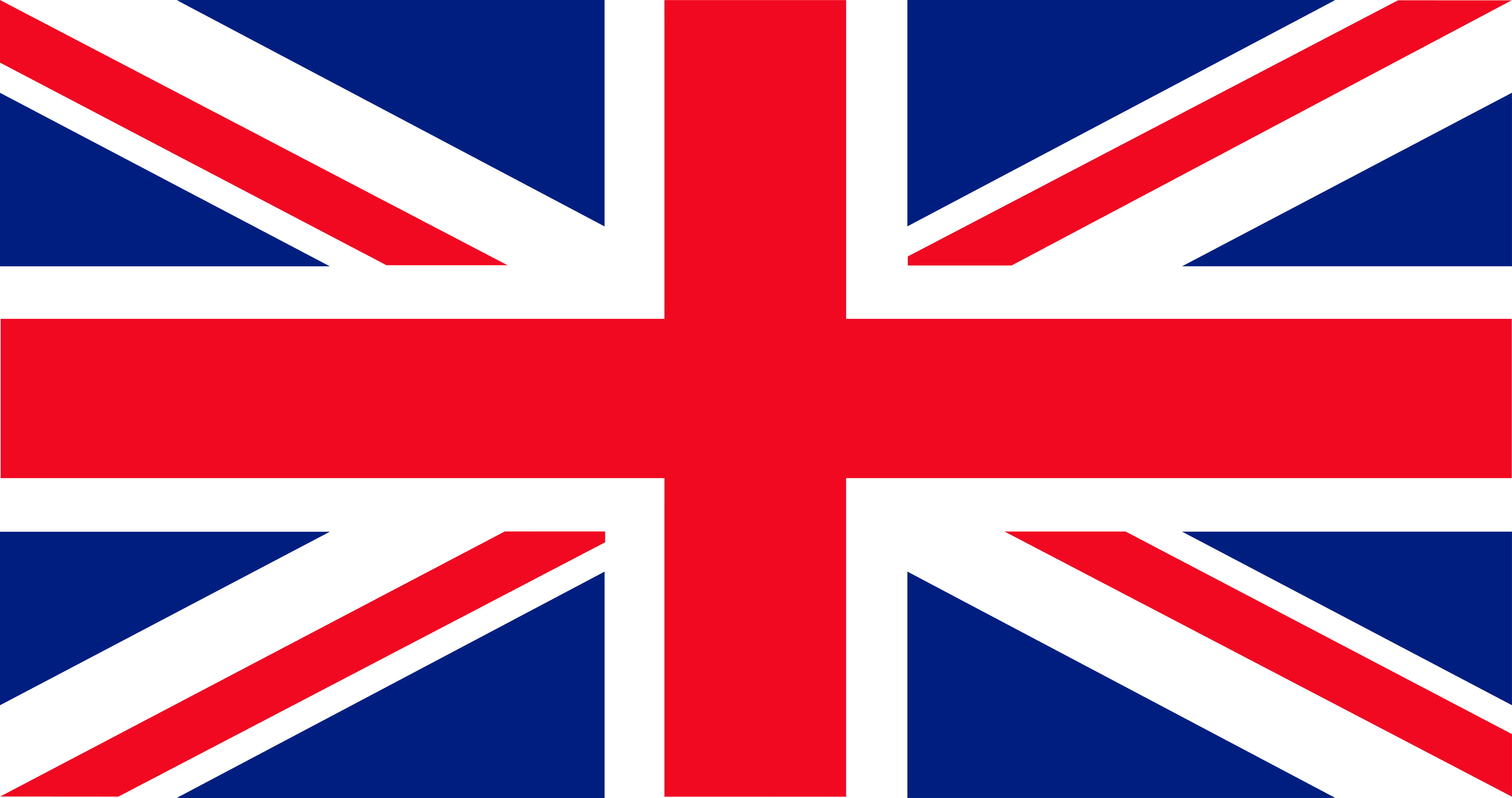HISTORY OF ZBIROH CASTLE
Delve into the captivating history of Zbiroh Castle, a magnificent estate with a story that spans from the early Middle Ages to the present day. Below is a chronological overview of significant events in the castle's history, highlighting its rich and often tumultuous journey through time.
For a striking visual experience, be sure to check out the unique photo comparison below. It showcases the severe damage inflicted upon the castle during the Nazi and Communist regimes, as well as the impressive restoration efforts led by its current owners.
How we do it
We take time to get to know you, our Divers, and then we hand select a match. 86% of first matches end up being the right one.
12th Century
The castle is founded as the oldest aristocratic residence in the Czech lands. Its foundation is attributed to Břetislav of Zbiroh, a member of the once-powerful Sulislav family.
13th Century
The castle comes under the ownership of Ottokar II of Bohemia, known as the "Iron and Golden King," one of the most powerful Czech monarchs. He invites the Knights Templar to the castle.
14th Century
Charles IV expands and embellishes the castle. After returning from France, he owns it for three years and visits regularly with his wife, Blanche of Valois, who is the same age as the young heir to the throne.
15th Century
Zbiroh passes into the hands of Sigismund of Luxembourg. Due to financial troubles, he pledges it to his creditors. The castle subsequently changes ownership from the Kolowrats to the Sternbergs and finally to the Lobkowicz family. An ecclesiastical ban is declared on King George of Poděbrady in the castle chapel.
16th Century
Rudolf II becomes so fond of Zbiroh that he transforms it into a Renaissance chateau. He conducts alchemical experiments there in search of the Philosopher’s Stone and establishes a vineyard and a hunting park, the predecessor of today's forest park.
17th Century
During the turmoil of the Thirty Years’ War, the castle is used as a prison. Six Czech noblemen, who escaped execution in Prague’s Old Town Square in 1621, are held here. A haunting reminder of this period is the iron mask - later described by Alexandre Dumas - said to have been placed on prisoners by guards before allowing them brief outdoor walks.
19th Century
Bethel Henry Strousberg, known as the “Railway King,” transforms the castle into a modern Neo-Renaissance residence. After his bankruptcy, creditors ransack the estate, and the now-empty castle is purchased by the Colloredo-Mansfeld family.
Early 20th Century
Alphonse Mucha rents the castle and lives there with his family for 18 years. In a glass-roofed hall, he paints his monumental Slav Epic and hosts Freemasons from around the world.
Second World War
The Wehrmacht confiscates the castle, and a year later, it is taken over by the SS, who are said to have conducted mystical and occult rituals within its walls.
Communist Era
The castle suffers severe damage and is converted into socialist military barracks. It becomes one of the most secretive centers of the Warsaw Pact, where elite spies are trained and advanced radar systems like Tamara and Vera are used to track "invisible" NATO aircraft.
Post-2004
Zbiroh Castle is acquired by private owners and undergoes extensive restoration.
2005
The castle is opened to the public for the first time.
2007
The Order of the Knights Templar selects the castle as its headquarters.
2012
Zbiroh Castle hosts the "Face of Leonardo da Vinci" exhibition, the first in the world to feature an authentic self-portrait of Leonardo da Vinci.
2014
The original vineyard is restored, reviving the winemaking tradition at Zbiroh, dating back to the time of Rudolf II.
Současnost
Zbiroh Castle is a tourist destination, hotel, wellness retreat, and venue for leisure activities, weddings, and events. It also serves as the main seat of the Order of the Knights Templar.
A GLIMPSE INTO THE PAST


FROM DARKNESS TO LIGHT






















